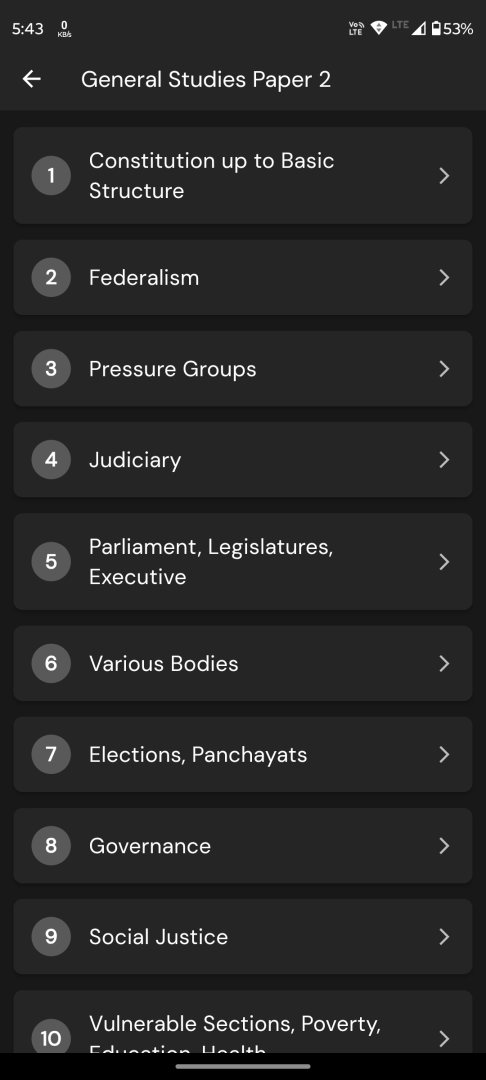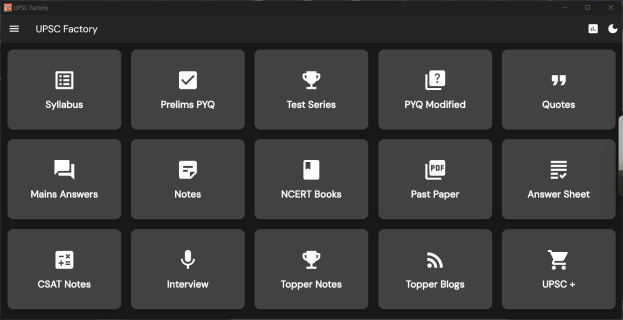Q. India aims to become a semiconductor manufacturing hub. What are the challenges faced by the semiconductor industry in India? Mention the salient features of the India Semiconductor Mission.
UPSC Mains 2025 GS3 Paper
Model Answer:
India’s Semiconductor Manufacturing Ambitions
India, currently import-dependent for semiconductors worth $24 billion annually, aims to establish itself as a global manufacturing hub. Semiconductors, foundational to modern electronics, are crucial for economic growth and national security. This strategic push towards technological self-reliance faces significant challenges but is supported by comprehensive government initiatives.
Challenges Faced by the Semiconductor Industry in India:
The semiconductor ecosystem development encounters multifaceted obstacles:
• Capital and Infrastructure Barriers:
– Massive investment requirements of $5-7 billion per fab with long gestation periods
– Inadequate 24/7 ultra-pure water supply and stable power infrastructure
– Example: Frequent power disruptions
• Ecosystem Deficiencies:
– Absence of domestic supply chain for silicon wafers, specialty chemicals, and gases
– Limited R&D ecosystem with dependency on foreign firms for critical IP
– Nascent industry-academia linkages hindering innovation
– Example: Import-dependent raw materials
• Human Resource Constraints:
– Projected shortfall of 250,000-300,000 skilled professionals by 2027
– Expertise gap in fabrication and advanced packaging despite strong design capabilities
– Example: Brain-drain to Taiwan
• Market Competition:
– Established players like Taiwan, South Korea dominating with decades-old mature ecosystems
– Bureaucratic hurdles causing implementation delays
Salient Features of India Semiconductor Mission (ISM):
Launched in 2021 with ₹76,000 crore outlay, ISM operates under Digital India Corporation as specialized division addressing these challenges through:
• Financial Architecture:
– 50% project cost support for semiconductor and display fabs
– 50% capital expenditure support for Compound Semiconductors, Silicon Photonics, ATMP/OSAT facilities
– Design Linked Incentive targeting 20 companies (₹1500 crore turnover goal)
• Ecosystem Development:
– Semiconductor Laboratory Mohali modernization for R&D strengthening
– “Semicon India Future Skills” program training 85,000 engineers/technicians
– Single-window clearance through nodal agency
– Example: Micron’s Gujarat facility
• Strategic Initiatives:
– Global partnerships for technology transfer
– Resilient supply chain development
– Support for domestic startups and MSMEs
Conclusion:
ISM’s comprehensive approach positions India strategically in global semiconductor value chains, advancing Atmanirbhar Bharat vision effectively.




